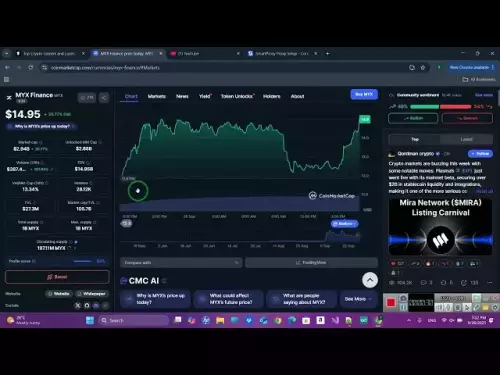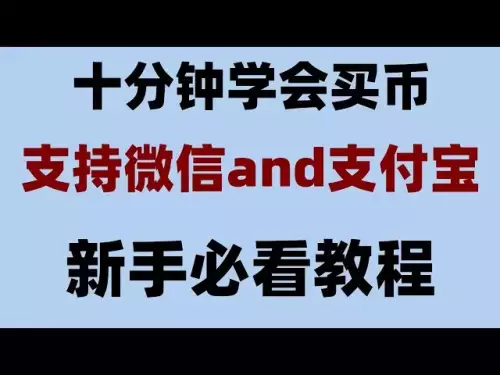-
 bitcoin
bitcoin $109547.008142 USD
0.04% -
 ethereum
ethereum $4011.838726 USD
-0.05% -
 tether
tether $1.000402 USD
-0.01% -
 xrp
xrp $2.798606 USD
0.88% -
 bnb
bnb $970.877944 USD
1.39% -
 solana
solana $202.237275 USD
-0.95% -
 usd-coin
usd-coin $0.999673 USD
0.00% -
 dogecoin
dogecoin $0.229294 USD
-1.15% -
 tron
tron $0.336370 USD
-0.45% -
 cardano
cardano $0.777260 USD
-1.66% -
 hyperliquid
hyperliquid $45.503019 USD
1.73% -
 ethena-usde
ethena-usde $1.000362 USD
0.01% -
 chainlink
chainlink $20.785303 USD
-1.10% -
 avalanche
avalanche $28.755822 USD
-0.11% -
 stellar
stellar $0.358303 USD
-0.48%
Difference between Bitfinex leverage and contract
While Bitfinex leverage amplifies trading capital, increasing profits and potential losses, contracts offer lower leverage with a defined risk exposure limited to the initial margin posted.
Nov 10, 2024 at 03:52 pm
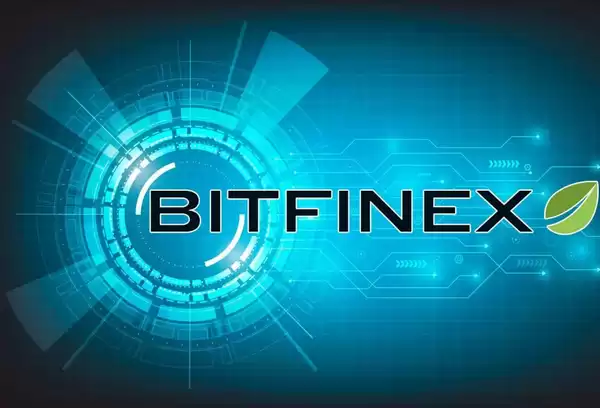
In the realm of cryptocurrency trading, understanding the distinctions between various trading mechanisms is crucial for informed decision-making. Bitfinex, a leading cryptocurrency exchange, offers two primary trading options: leverage and contracts. While both involve utilizing borrowed funds, they differ significantly in their underlying principles and implications. This article delves into the key differences between Bitfinex leverage and contracts, empowering traders with the knowledge to determine the most suitable approach for their trading strategies.
1. Leverage Trading- Bitfinex leverage allows traders to amplify their trading capital by borrowing funds from the exchange.
- The borrowed funds are used to increase the trader's buying or selling power, potentially amplifying profits or losses.
- Margin trading is a common form of leverage trading, where traders borrow against their existing cryptocurrency assets.
- Leverage ratios vary depending on the cryptocurrency pair and can range from 2x to 10x or even higher.
- Trading on leverage involves significantly higher risks as losses can exceed the initial investment.
- Bitfinex contracts represent standardized agreements to buy or sell a specific cryptocurrency at a predetermined price on a future date.
- Similar to futures contracts in traditional finance, Bitfinex contracts enable traders to speculate on future price movements.
- The profit or loss realized depends on the difference between the contract price and the underlying cryptocurrency's spot price at the time of settlement.
- Trading contracts involves lower leverage than traditional margin trading, typically ranging from 2x to 5x.
- Contracts offer traders a defined risk exposure, as potential losses are limited to the initial margin posted by the trader.
- In leverage trading, traders must maintain a minimum margin balance to cover potential losses.
- If the market moves against the trader's position and the margin balance falls below the required level, a margin call is triggered.
- Failure to meet a margin call can result in liquidation, where the exchange automatically closes the trader's leveraged positions and sells their crypto assets to cover the losses.
- Contracts do not involve margin calls or liquidations as losses are capped at the initial margin posted by the trader.
- Leverage trading generally incurs interest charges based on the borrowed funds and the prevailing interest rates.
- Contract trading typically involves a fixed fee per contract traded.
- Additional fees may apply for traders who maintain open positions overnight or roll over contracts to future dates.
- Leverage trading is suitable for experienced traders who understand the inherent risks involved.
- Contracts offer a more conservative approach with limited risk exposure and are suitable for a broader range of traders.
- Proper risk management strategies, such as stop-loss orders and position sizing, are essential in both leverage and contract trading.
Disclaimer:info@kdj.com
The information provided is not trading advice. kdj.com does not assume any responsibility for any investments made based on the information provided in this article. Cryptocurrencies are highly volatile and it is highly recommended that you invest with caution after thorough research!
If you believe that the content used on this website infringes your copyright, please contact us immediately (info@kdj.com) and we will delete it promptly.
- Blockchain, Eggman, Presale: Why $GGs is the Talk of the Town in 2025
- 2025-09-29 00:25:12
- Crypto Coins 2025: Which Ones Will Explode?
- 2025-09-29 00:25:12
- Crypto Presales in 2026: Chasing ROI Like a New Yorker Chases a Cab
- 2025-09-29 00:30:01
- Solana, AVAX, and the Layer 2 Landscape: Finding the Next Crypto Gem
- 2025-09-29 01:05:14
- Solana's Rollercoaster: Billions Lost, Rebound Catalysts Emerge
- 2025-09-29 01:05:14
- SUI Price, Hype, Digitap: What's the Buzz in the Crypto Space?
- 2025-09-29 01:10:01
Related knowledge
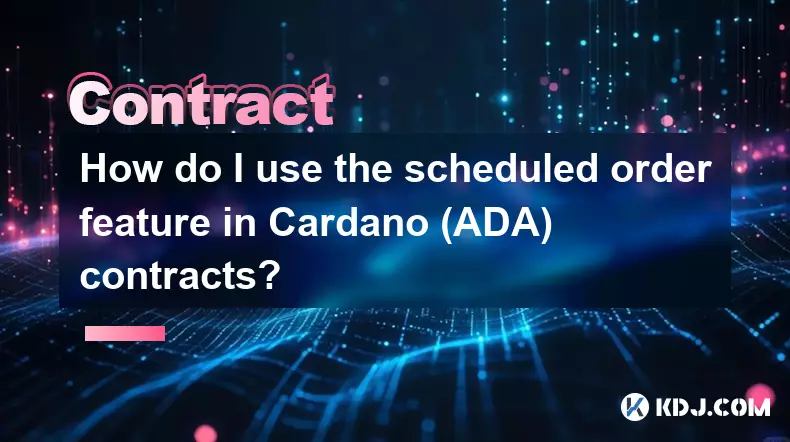
How do I use the scheduled order feature in Cardano (ADA) contracts?
Sep 28,2025 at 10:18pm
Understanding Scheduled Orders in Cardano Smart ContractsCardano operates on a proof-of-stakes consensus mechanism and uses the Plutus scripting langu...

How do I enable the "scalping-only" mode for Cardano (ADA) contracts?
Sep 24,2025 at 03:19am
Understanding Scalping Strategies in Crypto Derivatives1. Scalping in cryptocurrency trading refers to executing multiple short-term trades within min...
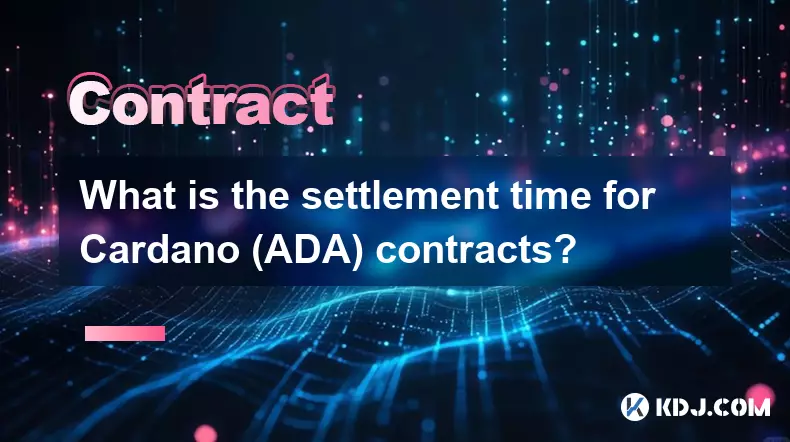
What is the settlement time for Cardano (ADA) contracts?
Sep 28,2025 at 04:18am
Understanding Cardano's Contract Settlement Mechanism1. Cardano operates on a proof-of-stake consensus model known as Ouroboros, which fundamentally i...

How do I add margin to Cardano (ADA) contracts?
Sep 27,2025 at 07:54pm
Understanding Margin in Cardano (ADA) Smart ContractsCardano operates on a proof-of-stake blockchain that supports smart contracts through its Plutus ...
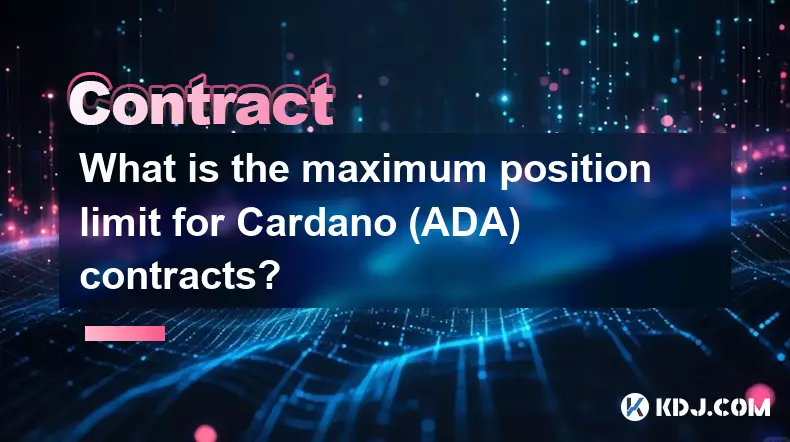
What is the maximum position limit for Cardano (ADA) contracts?
Sep 23,2025 at 11:00pm
Understanding ADA Futures and Derivatives Market Structure1. Cardano (ADA) futures contracts are offered by several major cryptocurrency derivatives e...
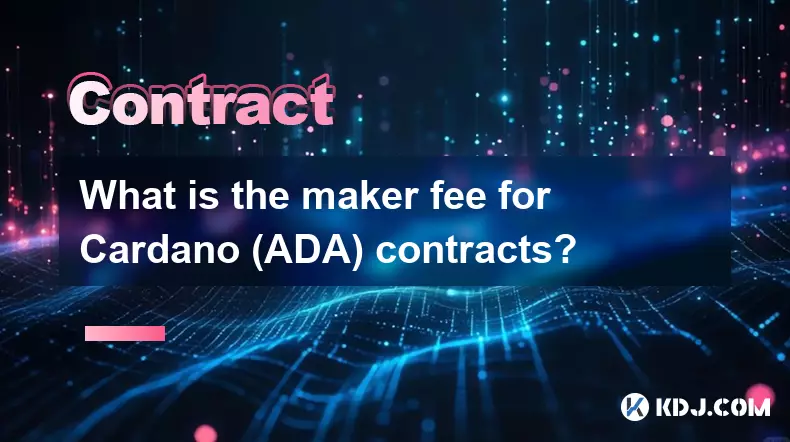
What is the maker fee for Cardano (ADA) contracts?
Sep 26,2025 at 09:01am
Understanding Maker Fees in Cardano (ADA) Contracts1. The concept of maker fees applies broadly across decentralized exchanges and smart contract plat...

How do I use the scheduled order feature in Cardano (ADA) contracts?
Sep 28,2025 at 10:18pm
Understanding Scheduled Orders in Cardano Smart ContractsCardano operates on a proof-of-stakes consensus mechanism and uses the Plutus scripting langu...

How do I enable the "scalping-only" mode for Cardano (ADA) contracts?
Sep 24,2025 at 03:19am
Understanding Scalping Strategies in Crypto Derivatives1. Scalping in cryptocurrency trading refers to executing multiple short-term trades within min...

What is the settlement time for Cardano (ADA) contracts?
Sep 28,2025 at 04:18am
Understanding Cardano's Contract Settlement Mechanism1. Cardano operates on a proof-of-stake consensus model known as Ouroboros, which fundamentally i...

How do I add margin to Cardano (ADA) contracts?
Sep 27,2025 at 07:54pm
Understanding Margin in Cardano (ADA) Smart ContractsCardano operates on a proof-of-stake blockchain that supports smart contracts through its Plutus ...

What is the maximum position limit for Cardano (ADA) contracts?
Sep 23,2025 at 11:00pm
Understanding ADA Futures and Derivatives Market Structure1. Cardano (ADA) futures contracts are offered by several major cryptocurrency derivatives e...

What is the maker fee for Cardano (ADA) contracts?
Sep 26,2025 at 09:01am
Understanding Maker Fees in Cardano (ADA) Contracts1. The concept of maker fees applies broadly across decentralized exchanges and smart contract plat...
See all articles






















